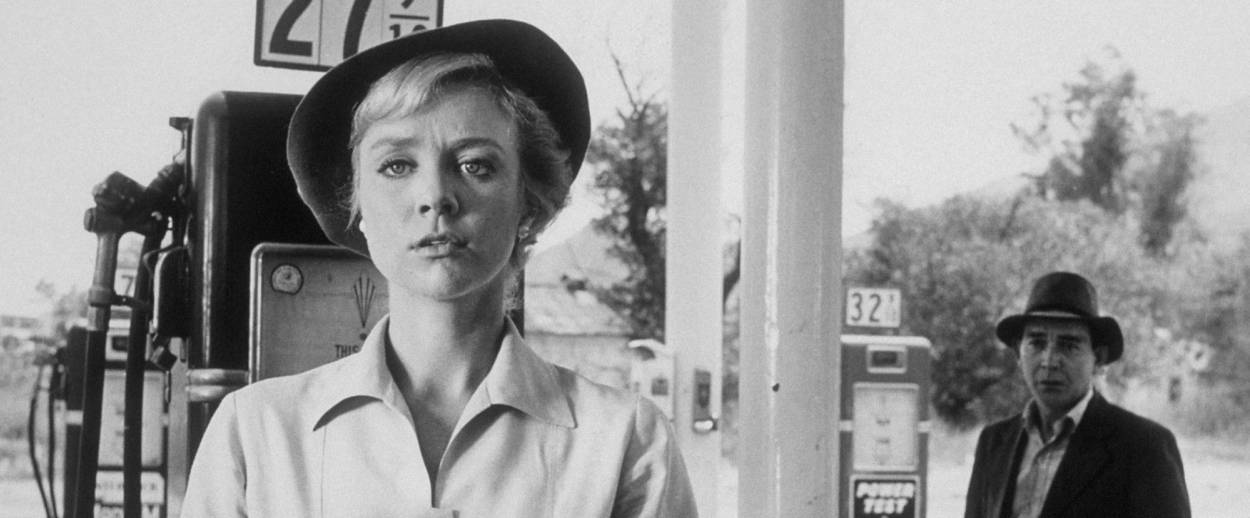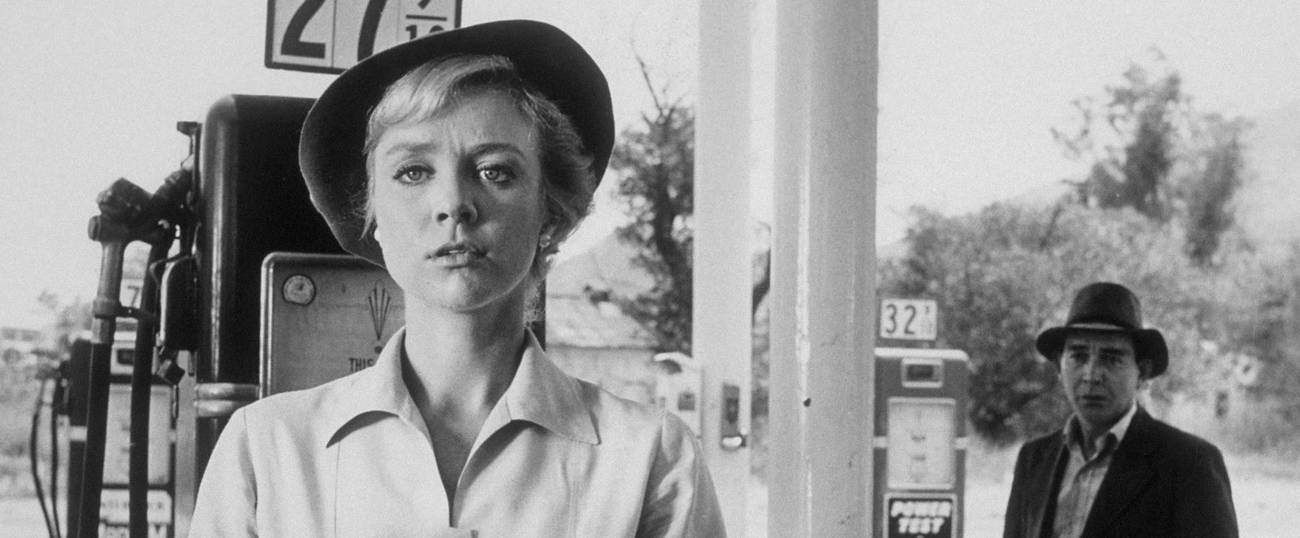On Stage in London, ‘The Twilight Zone’ Shines in All Its Jewish Glory
Rod Serling’s outsider worldview continues to guide and inspire, across decades and media




A motley crew of bus passengers, one of whom may be a Martian, takes shelter from a storm in a diner. A little girl inadvertently stumbles into an alternate dimension. A man is sure that he will die if he falls asleep. Three test pilots return from a secret mission and begin to vanish. Rod Serling and his Twilight Zone pioneered so many things, but they are perhaps best remembered for turning the pithy, high-concept pitch into an art form. The aforementioned plots were each made into classic episodes of the anthology series, which ran on CBS between 1959 to 1964. Along with four other episodes, they also form the basis of The Twilight Zone, a bewitching stage adaptation of the series, now running at London’s Almeida Theatre through January 27.
The play, penned by Anne Washburn and directed by Richard Jones, nails the original series’ aesthetic, down to the spinning doors and watchful CBS eye, with delightfully analogue effects. The cast of ten (eleven, if you count the ventriloquist dummy), channel its wry earnestness, even if too much is played for laughs. The twist endings, for all their camp, are as effective as ever. Still, a trip down memory lane is no excuse for a Twilight Zone remount (there are reruns for that). There’s a timelessness to The Twilight Zone, which at its best moment the stage version manages to recreate, and therein lies its raison d’etre. That timelessness, it seems to me, is very much a product of Rod Serling’s biography.
Serling was born to a Jewish family on Christmas day, 1925, and grew up in Binghamton, New York. Though he was the product of a secular upbringing, he encountered prejudice in the Parlor City, which in time yielded both his outsider’s gaze and humanitarian instincts. In 1943, fresh out of high school, Serling enlisted as a paratrooper. Three years later, a veteran of the Philippines campaign, he was discharged with a Bronze Star, a Purple Heart, and the PTSD that would haunt him for the rest of his life.
A stint at WNYC led to steady radio work, which led to television. His early teleplays, all forays into social realism, were highly lauded but ran afoul of corporate censors. Serling found that such skirmishes could be avoided by cannily deploying fantastical allegory and sci-fi tropes. Washburn, an avant-garde playwright who is no stranger to pop culture–she is best known for the highly-acclaimed Mr. Burns, a post-apocalyptic Simpsons remix–told the Times of London that The Twilight Zone was very much a product of Serling’s wartime travails. “All those men came back with experiences they didn’t want to talk about,” she said. “It produced a kind of anxiety in the world, a sense that things were really un-kiltering. One way of looking at it is that it reflected a sort of unease. Another way could be that it is a sort of signal to open your senses to what is possible, because change is coming and the less wedded you are to reality — as you currently feel you want to understand it—the better you will be able to face what happens next.”
Though he had converted to Unitarianism for marriage, Serling’s Jewish roots would continue to inform his work. No wonder, then, that he obsessed over that “fifth dimension… the middle ground between light and shadow… an area which we call The Twilight Zone,” and which generations of Jewish thinkers called bein hashmashot. The Twilight Zone went on to run for five seasons, and 156 episodes. Serling wrote two-thirds of them, and hosted them all. He died of a heart attack in 1975, in an America that by then had traded cold-war hysteria for Watergate paranoia chic. And yet his humane mix of anxiety with the uncanny never really left us. After all, his was the series which begat Twin Peaks, The X-Files, Lost, Black Mirror et al, not to mention a Disney thrill ride. Jordan Peele, of Key & Peele and Get Out fame, is working on a re-boot for CBS. (“Too many times this year it’s felt like we were living in a twilight zone,” he told the Times).
Though Serling could sometimes be heavy-handed and moralizing as he delivered his trademark codas–the play lovingly spoofs this–many of those soliloquies are timeless. “Deaths-Head Revisited,” a deeply affecting 1961 episode not featured in the play, follows a former SS commandant (and obvious Eichmann surrogate) as he visits the Dachau concentration camp years after the war. His spectral victims assemble and try him for crimes against humanity. “Dachau. Why does it still stand? Why do we keep it standing?” asks a doctor at the episode’s denouement. Serling replies:
There is an answer to the doctor’s question. All the Dachaus must remain standing. The Dachaus, the Belsens, the Buchenwalds, the Auschwitzes–all of them. They must remain standing because they are a monument to a moment in time when some men decided to turn the Earth into a graveyard. Into it they shoveled all of their reason, their logic, their knowledge, but worst of all, their conscience. And the moment we forget this, the moment we cease to be haunted by its remembrance, then we become the gravediggers. Something to dwell on and to remember, not only in the Twilight Zone but wherever men walk God’s Earth.
Tal Kra-Oz is a writer based in Tel Aviv.